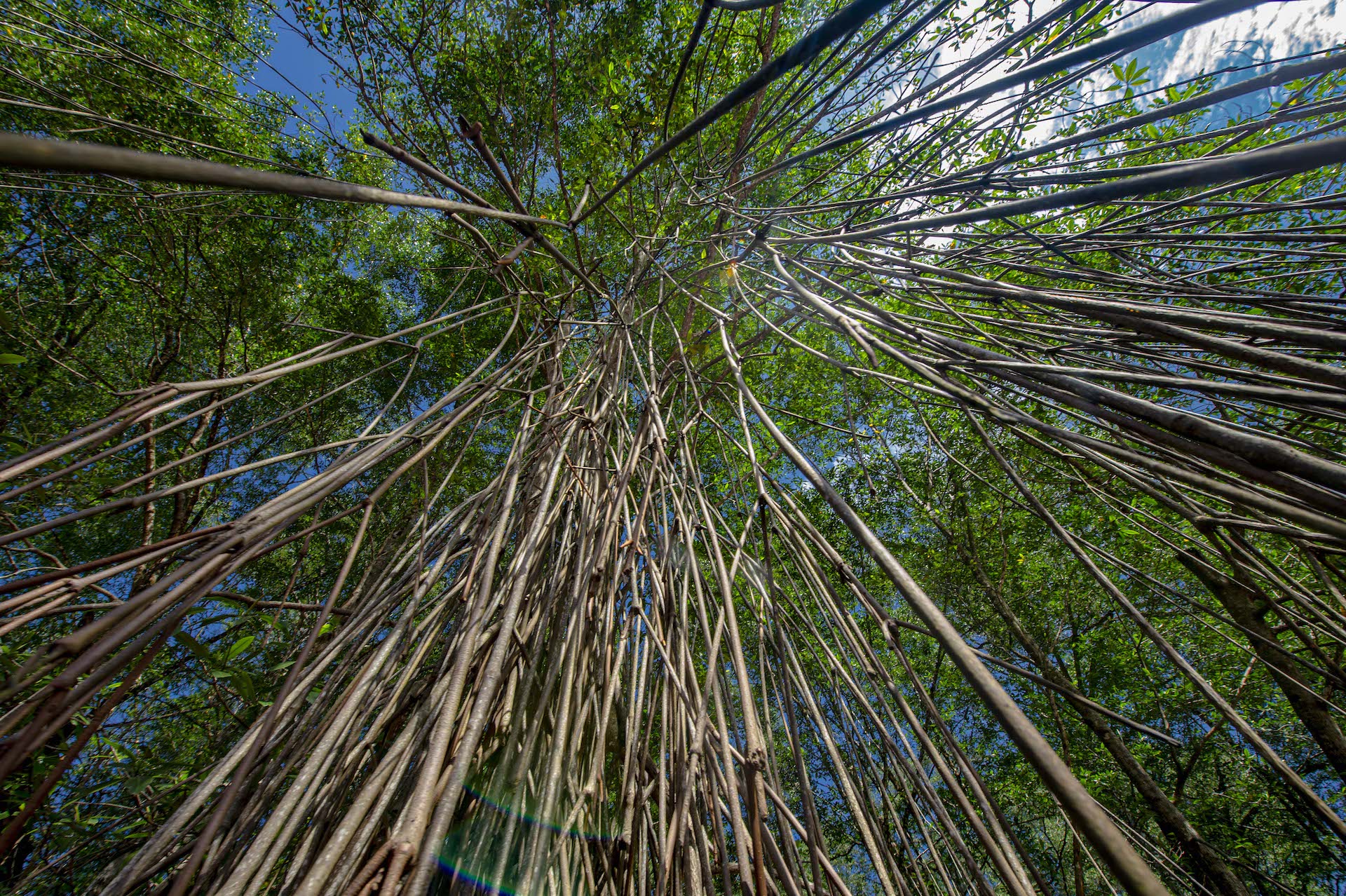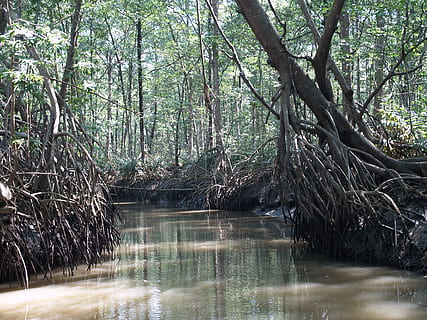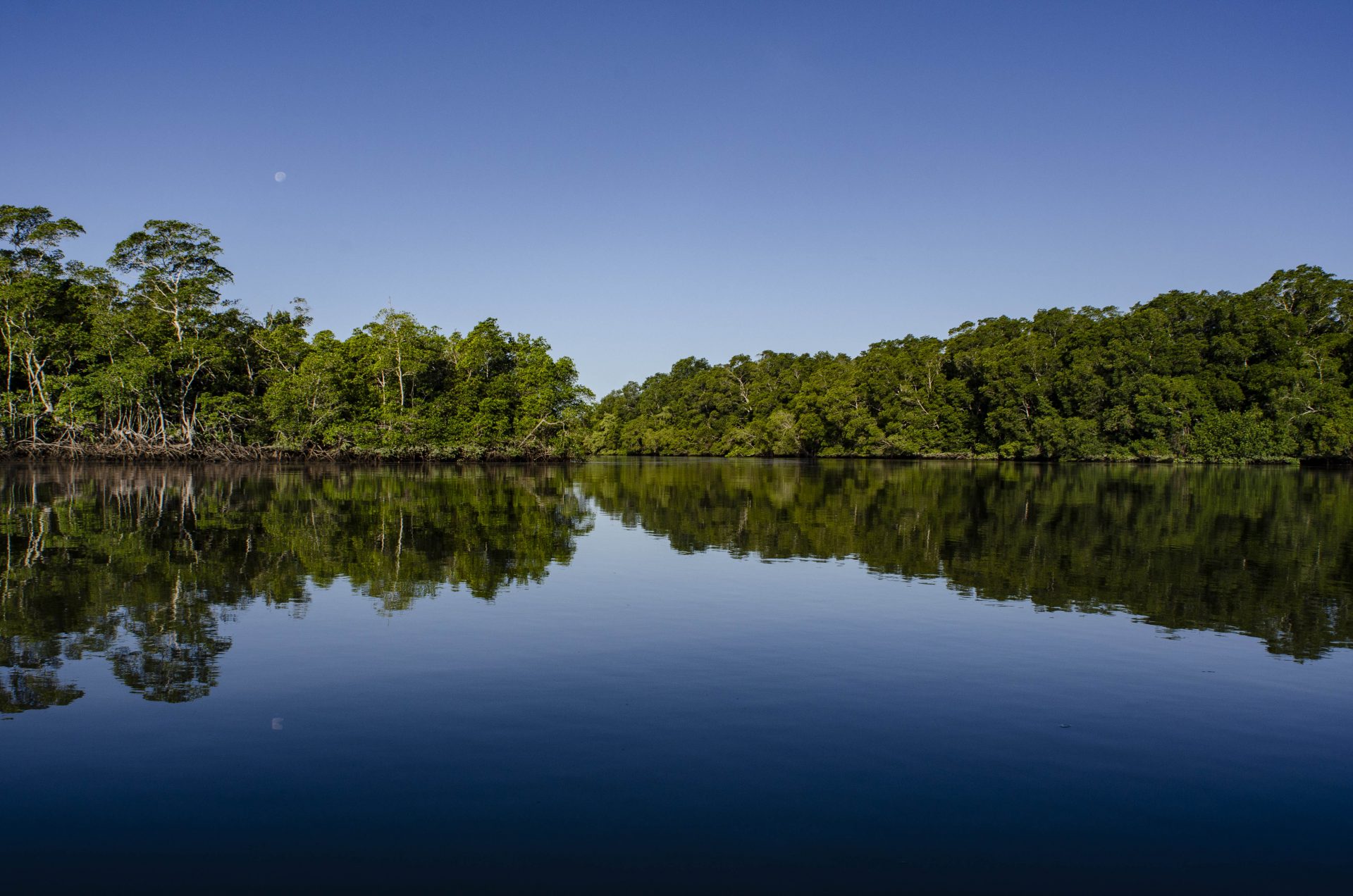The Importance of Mangrove Conservation

Mangroves are ecosystems that provide incalculable services, including a barrier that mitigates the impact of hurricanes and storms. They are also sites where thousands of species need to carry out vital functions such as feeding, reproduction and nesting.
Mangrove areas have become natural sanctuaries due to their biodiversity, where terrestrial and marine fauna groups converge, constituting important spaces for the maintenance of some species at high risk of global extinction: birds like the green ibis, mammals like the manatee, reptiles like crocodiles, alligators, turtles and thousands of marine invertebrates such as sponges, mollusks, crustaceans and algae.
In addition to the wide variety of plant species that have adapted to these particular sites and with such special characteristics, the mangroves are in real danger of extinction as well as the species that inhabit them.
Currently Costa Rica has more than 50,000 hectares of mangroves, however since 1980 to date more than 43% of what existed at that time has been cut down or drained. This is mainly due to the construction of tourist projects such as hotels, condominiums, housing projects. Another reason is the cultivation of sugar cane, which puts pressure on the different mangrove zones, changing the type of use from conservation to agriculture.
In spite of having a broad legislation on environmental issues, there is a strong pressure from different economic activities that threaten the conservation of these ecologically important sites.
The contributions of the mangroves are extremely broad:

1. Groundwater discharge and recharge.
2. Control of ebb and flow at the meeting of freshwater and marine waters.
3. Erosion control and coastal stabilization
4. Sediment retention
5. Nutrient retention
6. Maintenance of water quality including nutrient transformation
7. Microclimate stabilization
8. Buffering of pollutants from neighboring ecosystems.
9. Recreation and leisure
10. Biological incorporation
11. High biodiversity habitats
Nature Group Costa Rica has mangrove restoration project we are looking for some very specific activities such as the conservation of fish nursery sites, which is essential for the local economy since a high percentage of the population of Tarcoles subsists on fishing as well as many other villages around the Gulf of Nicoya.

One of the main interests of Nature Group Costa Rica is to conserve the habitat of such important species as Amazilia boucardi (mangrove hummingbird), a species endemic to the Costa Rican Pacific and only seen in the mangroves. Amazilia boucardi feeds mainly on the nectar of the flower of Pelliciera rhizophorae (Mangle Piñuela) one of the species that Nature Group Costa Rica uses in this restoration. As well as this species there are many other resident and migratory species that depend on the mangrove to carry out functions such as feeding and reproduction.
Another important reason is that among tropical forests, the mangrove has the ability to absorb and retain 5 times more CO 2 than any other species, which means 500% more absorption of this gas that affects the atmosphere and has drastically accelerated global warming.
